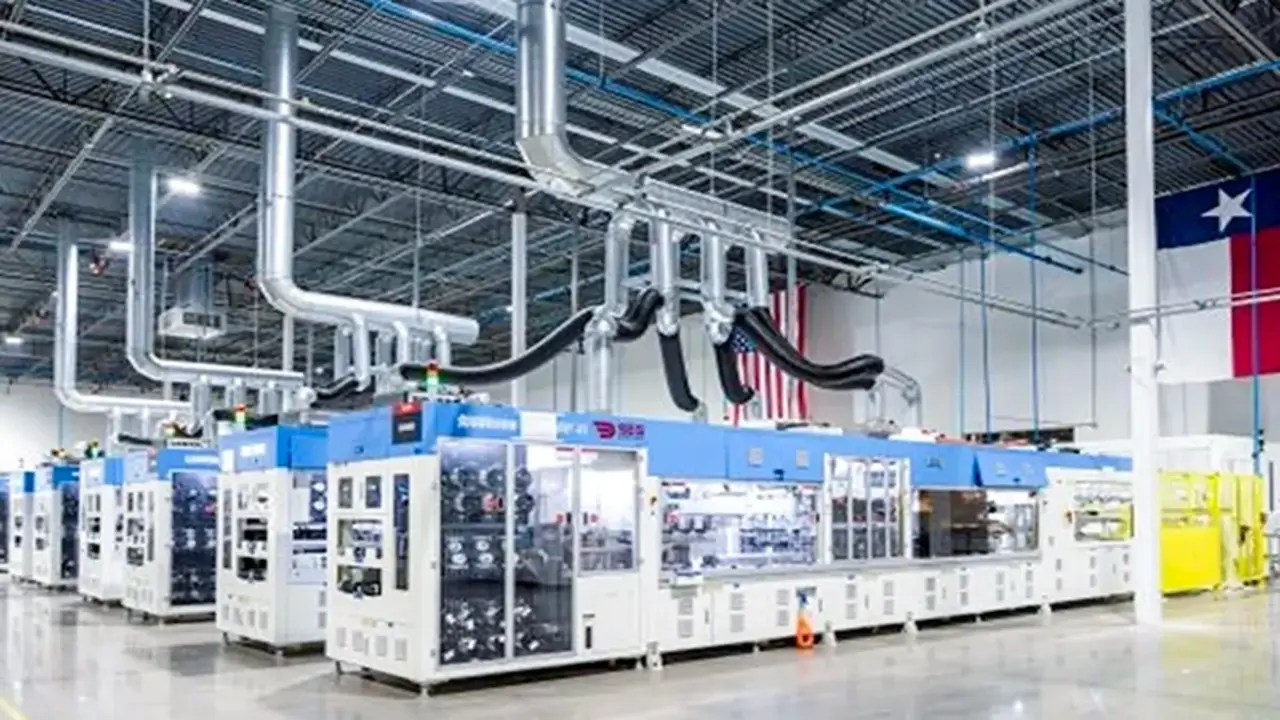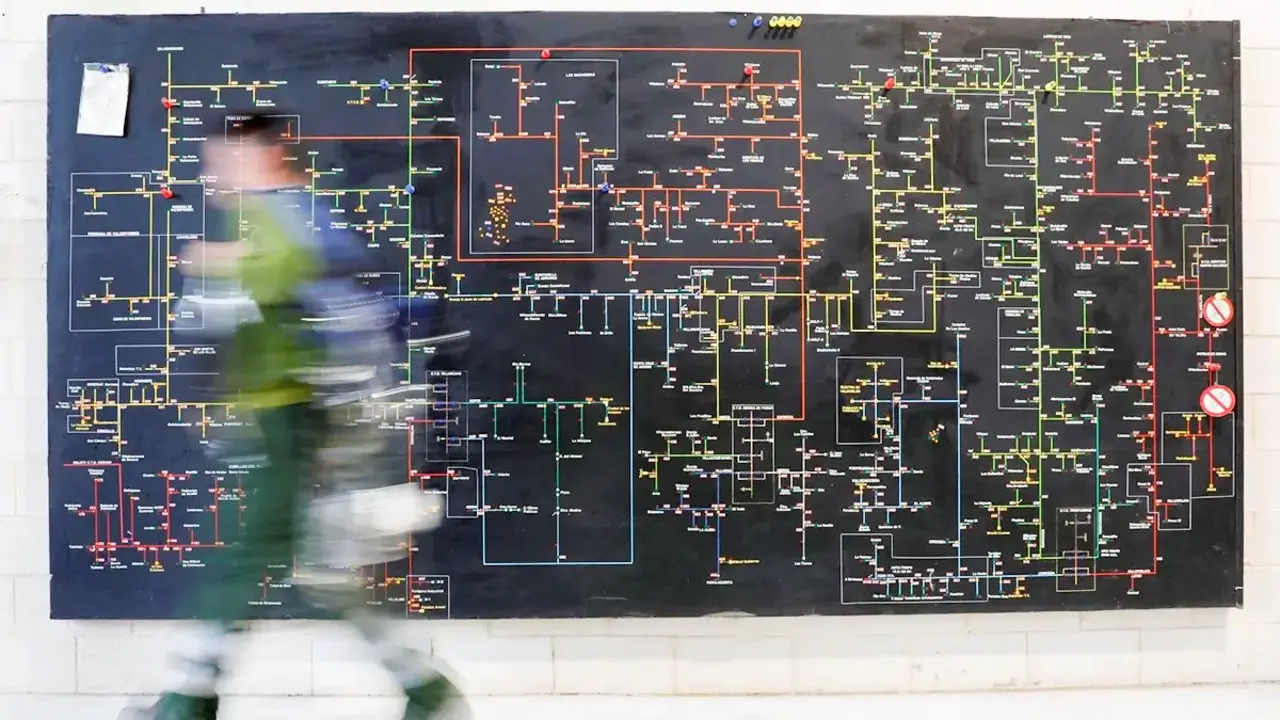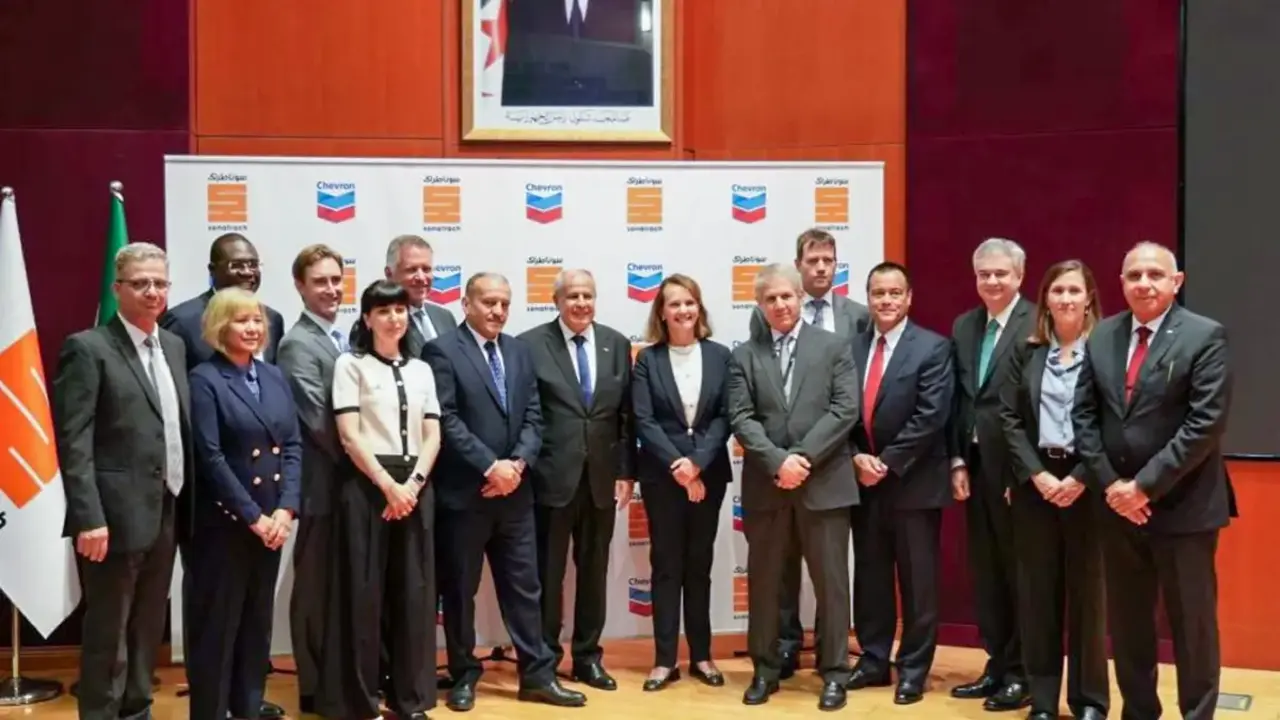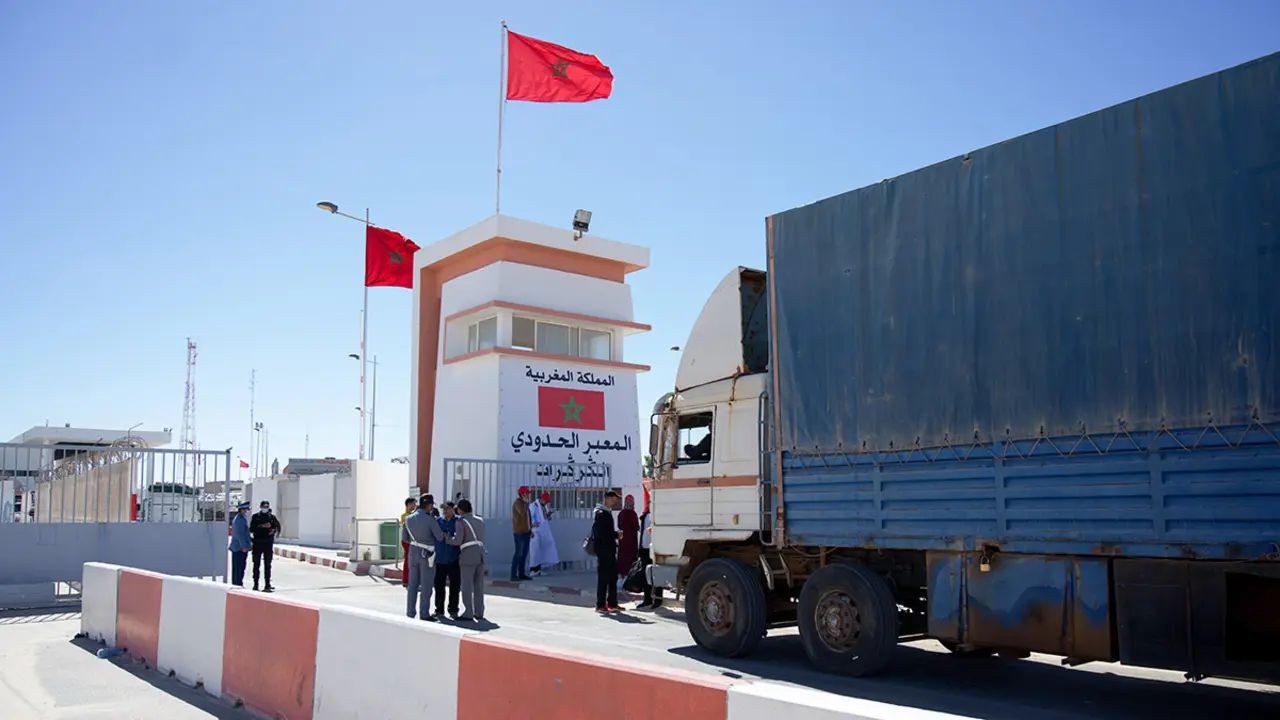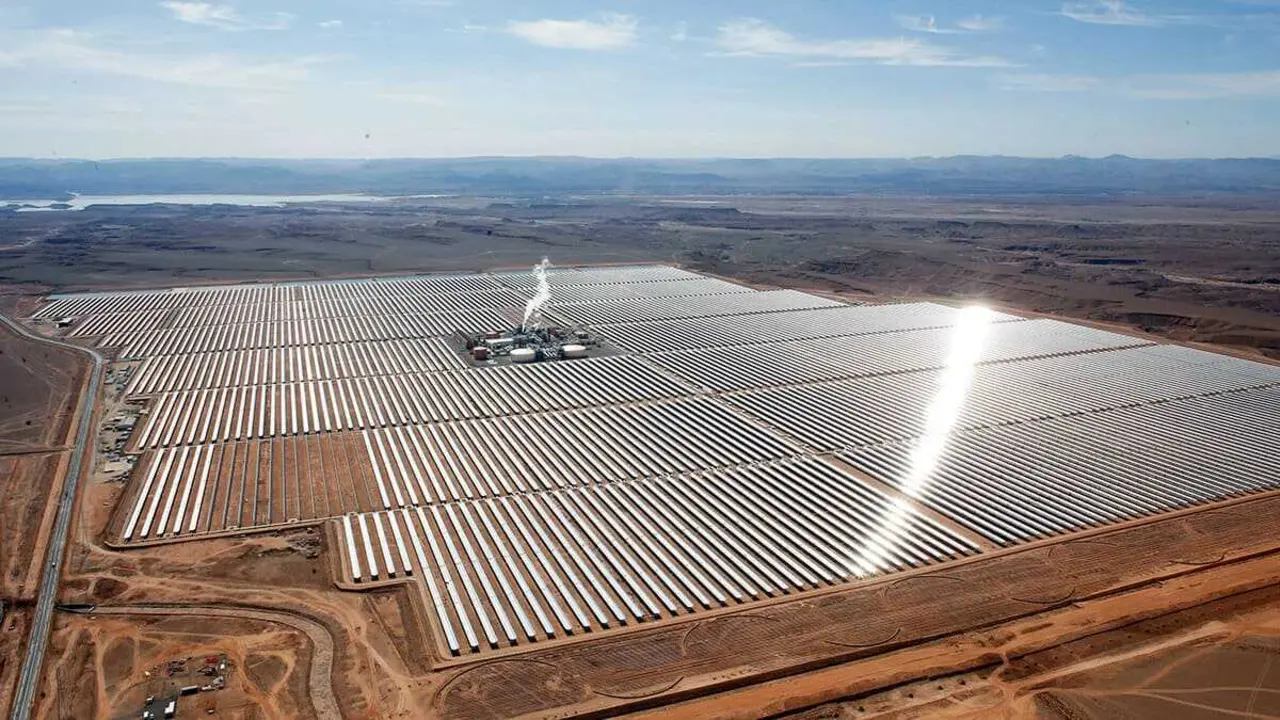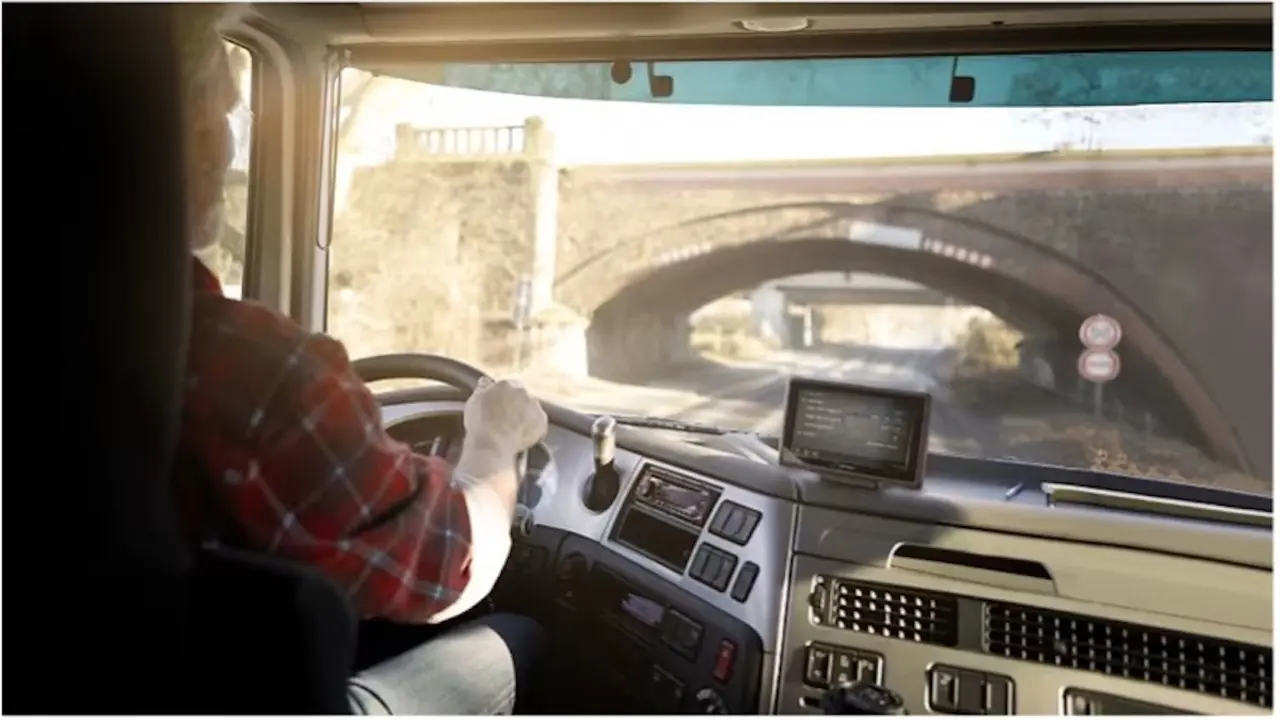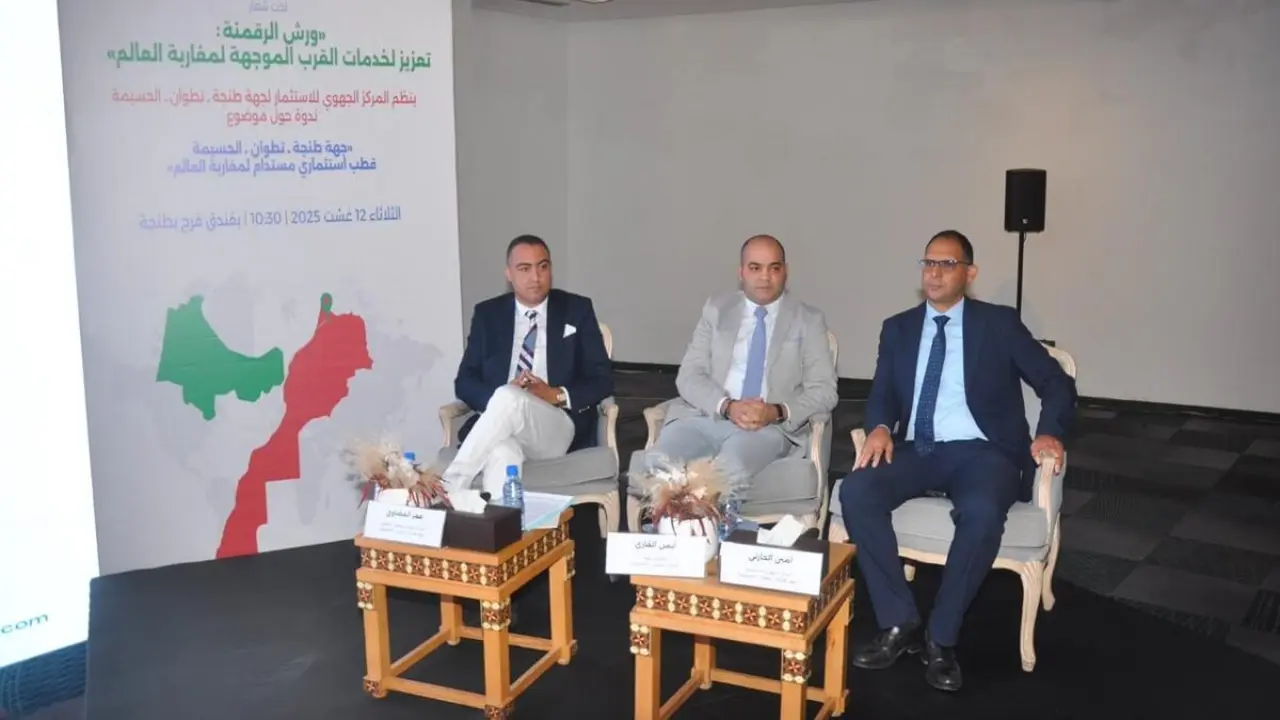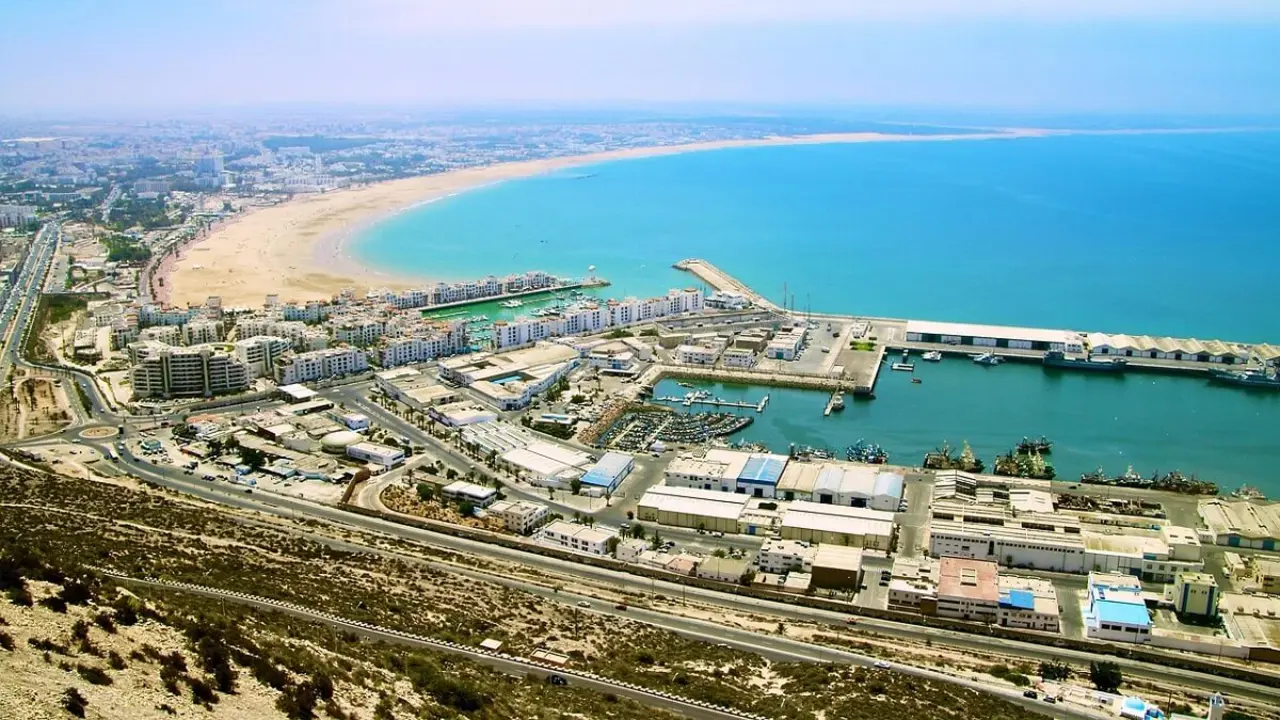Saudi Arabia activates its first THAAD company to strengthen its missile defence
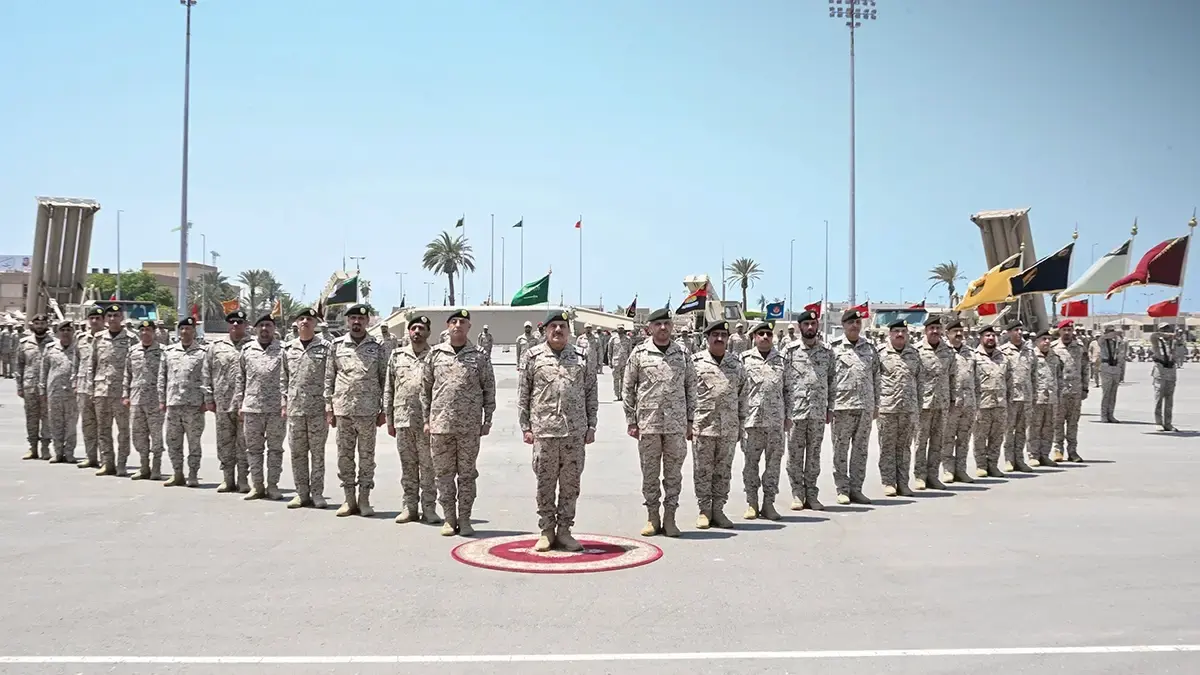
Saudi Arabia has finally decided to launch its first company dedicated to the THAAD (Terminal High Altitude Area Defence) missile defence system, as part of an ambitious plan to strengthen its national security. According to the Saudi Press Agency (SPA), this strategic measure responds to the need for self-sufficiency in defence in the medium term.
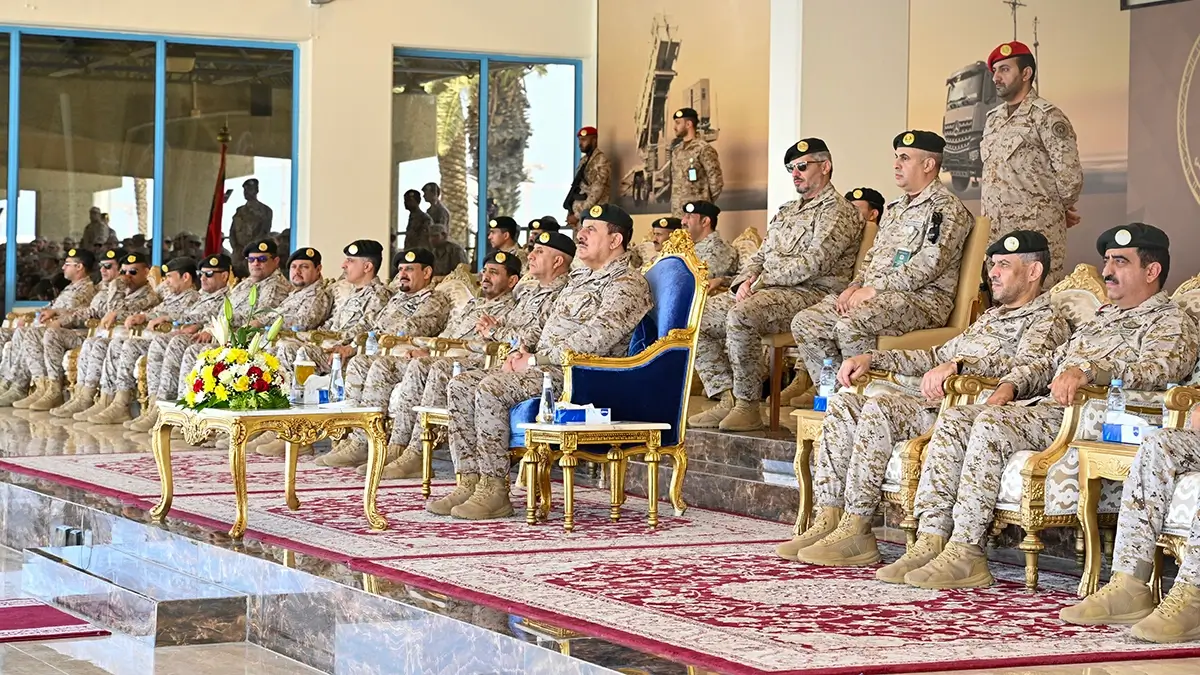
Although its deployment is not exclusively linked to the conflict between Israel and Iran, regional disputes have increased the urgency of the Saudi government to implement this new system. It should be remembered that the most immediate threats to the Saudi giant do not come from states as such, but from armed militias such as the Houthis in Yemen and other groups residing mainly in Iraqi territory.
In the statement, the SPA points to the attack on the Abqaiq oil facilities in 2019 as the turning point that has finally led the Saudi government to implement missile defence systems, since, had it had them at the time, the attack would not have had major consequences.
In addition to the installation of the THAAD system, the government announced that specialised training will also be carried out in the United States. At the same time, the American company Lockheed Martin has begun manufacturing components on Saudi soil through collaboration with local arms and industrial companies, with a total investment of more than 15 billion dollars.

The THAAD system is primarily designed to intercept ballistic missiles in the upper atmosphere and consists of mobile launchers, missiles with kinetic destroyers and an AN/TPY-2 long-range radar, capable of detecting threats at a distance of more than 2,000 km, and can operate up to 48 missiles simultaneously.
These investments are in line with Saudi Arabia's vision of localising 50% of its military spending by 2030. So far, only ammunition, Patriot system components and state-of-the-art drones are being produced in the country. The government also has plans to develop a sixth-generation fighter jet that could place Riyadh among the countries with the greatest potential in the global military industry.
In this context, the entry into service of the THAAD company represents a firm step towards technological sovereignty and autonomous response capability to any external threat.

